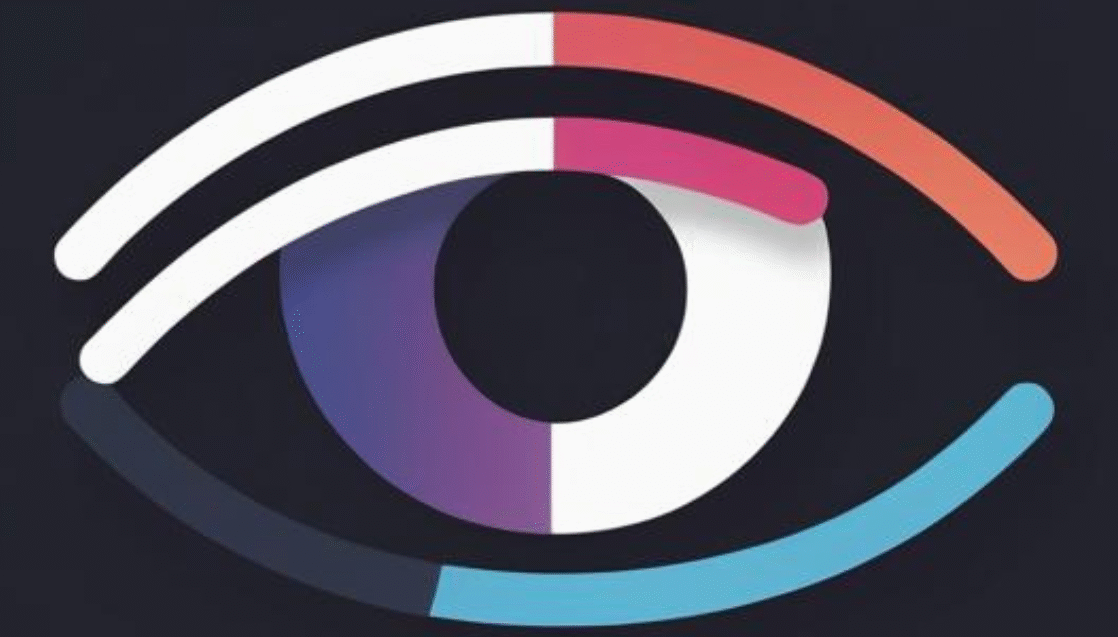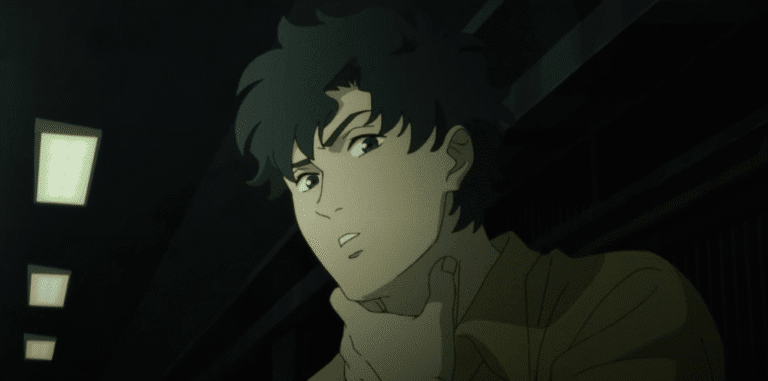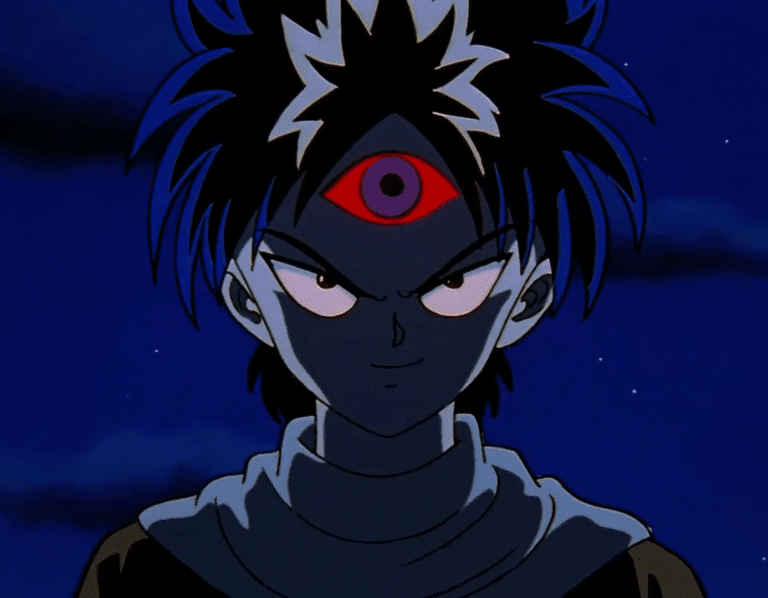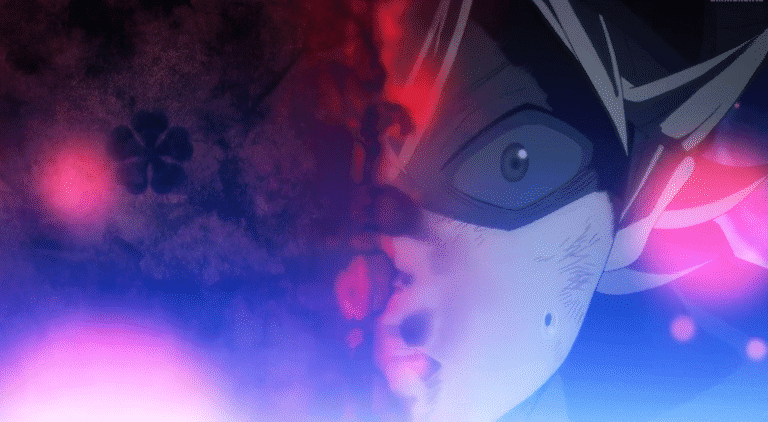Evolution of Anime Eyes: A Visual Guide
If there’s one instantly recognizable feature in anime, it’s the eyes. Wide, sparkly, emotive, and sometimes bizarre—anime eyes are more than just a design choice; they’re a language of their own. They communicate everything from innocence and power to mystery and madness.
But anime eyes didn’t always look the way they do now. In fact, they’ve evolved dramatically over the decades, influenced by artistic trends, cultural shifts, and animation technology.
In this visual guide, we’ll take you through the timeline of anime eyes—how they’ve changed, what they represent, and why they’re such an iconic part of the anime aesthetic.
1960s–1970s: The Osamu Tezuka Era – “Disney Eyes Go Manga”
The godfather of manga, Osamu Tezuka (creator of Astro Boy), took heavy inspiration from Walt Disney. That’s why characters like Astro Boy have huge, round, glistening eyes, designed to convey childlike innocence and human emotion—even in robots.
Key Traits:
- Large, circular eyes
- Heavy use of white shine and highlights
- Simple but expressive
Notable Examples:
- Astro Boy (1963)
- Princess Knight (1967)
Tezuka believed eyes were the window to the soul and used them to make audiences empathize with his characters instantly.
1980s: Drama and Detail – Eyes Start Speaking Louder
By the 1980s, anime was branching into sci-fi, romance, and fantasy, and character designs reflected deeper emotions. Artists began adding more lines, shading, and complexity to the eyes.
Key Traits:
- Almond-shaped eyes
- Multi-layered shading
- Greater emotional range
Notable Examples:
- Mobile Suit Gundam
- Urusei Yatsura
- Fist of the North Star
Eyes were no longer just cute—they were dramatic, intense, and cinematic.
1990s: The Shōjo Explosion – Sparkles and Symbolism
If the ’80s were dramatic, the ’90s were pure magic—literally. Thanks to the rise of shōjo anime like Sailor Moon, anime eyes became enormous, glittery, and ultra-expressive, reflecting love, longing, and magical transformation.
Key Traits:
- Very large and wide-set eyes
- Heart, star, or sparkle-shaped reflections
- Pastel color gradients
Notable Examples:
- Sailor Moon
- Cardcaptor Sakura
- Revolutionary Girl Utena
This era made anime eyes into an emotional storytelling tool, especially for young female audiences.
Early 2000s: Realism vs. Stylization – A Turning Point
The 2000s split the art direction into two dominant paths:
- Hyper-stylized eyes (Lucky Star, Clannad) kept the big-eye legacy alive.
- More realistic eyes (Death Note, Ghost in the Shell) introduced smaller, sharper, and more mature aesthetics.
Key Traits:
- Varied eye sizes by genre
- More reflective of character personality
- Introduction of digital coloring
Notable Examples:
- Naruto – expressive yet angular
- Fullmetal Alchemist – grounded, subtle emotion
- Death Note – calculating, shadowed eyes
This era showed that anime eyes could reflect not just emotion—but ideology, morality, and madness.
2010s: Digital Perfection – Light, Layers, and Identity
With the boom in digital animation, artists began experimenting with lighting, transparency, and extreme color contrasts. This era gave us some of the most beautiful eye designs ever seen in anime.
Key Traits:
- Highly reflective and complex lighting effects
- Use of neon gradients and textures
- Often tailored to unique powers or traits
Notable Examples:
- Your Name (Makoto Shinkai) – hyper-realistic lighting
- Demon Slayer – unique eye designs by breathing style
- Attack on Titan – eyes reveal inner turmoil and trauma
Eyes became a signature of a character’s power or fate—just look at Nezuko or Eren.
2020s–2025: Minimalism Meets Symbolism
We’re now in an era where simplicity and symbolic design are winning. While some studios keep pushing eye detail (Jujutsu Kaisen, Frieren), others use eyes to imply emotion through color and shape, not just size.
Key Trends:
- Minimalist design with flat colors (Chainsaw Man)
- Iconography (eyes represent curse marks, powers, or inner demons)
- Studio styles (e.g., MAPPA vs. Kyoto Animation)
Notable Examples:
- Chainsaw Man – sharp, wild, and emotionless
- Frieren: Beyond Journey’s End – melancholic, soft
- Blue Lock – sharp and aggressive designs for tension
Now, anime eyes are part of the narrative itself—not just design.
Visual Markers of Anime Eyes: What to Look For
| Eye Trait | Meaning in Anime Context |
|---|---|
| Large and round | Innocence, youth, or naivety |
| Narrow or sharp | Intelligence, anger, or seriousness |
| Multiple highlights | Emotional depth, magical aura |
| Eye color contrast | Unique abilities or supernatural link |
| Blank or hollow eyes | Trauma, possession, or apathy |
How Eye Styles Connect to Genre
| Genre | Typical Eye Style Features |
|---|---|
| Shōjo | Big, soft, sparkly, emotional |
| Shōnen | Angular, intense, expressive during battle |
| Horror | Small, dilated, twitchy, or hollow |
| Romance | Warm tones, glossy pupils, dreamy shine |
| Sci-fi/Cyber | Neon colors, artificial shine, lens-like structure |
Anime eyes aren’t just about looks—they’re narrative tools, mood-setters, and identity markers. From Tezuka’s Disney-inspired innocence to the power-stamped designs of today, the eyes of anime reflect not just the soul of a character but the soul of the medium itself.
Next time you watch an anime, pause and look closely at the eyes. You might be surprised by how much they’re telling you—even when the character says nothing at all.
Did you grow up with the sparkle-heavy shōjo eyes or love the dark sharp eyes of modern anime? Drop your favorites in the comments, or better yet—share screenshots of the most eye-catching scenes you’ve seen!








It’s amazing how anime eyes have evolved over the decades, especially how Tezuka’s influence laid the foundation for conveying emotion. The shift in the 80s to more intricate, detailed eyes really mirrored the growing emotional depth in anime, particularly in genres like sci-fi and romance.